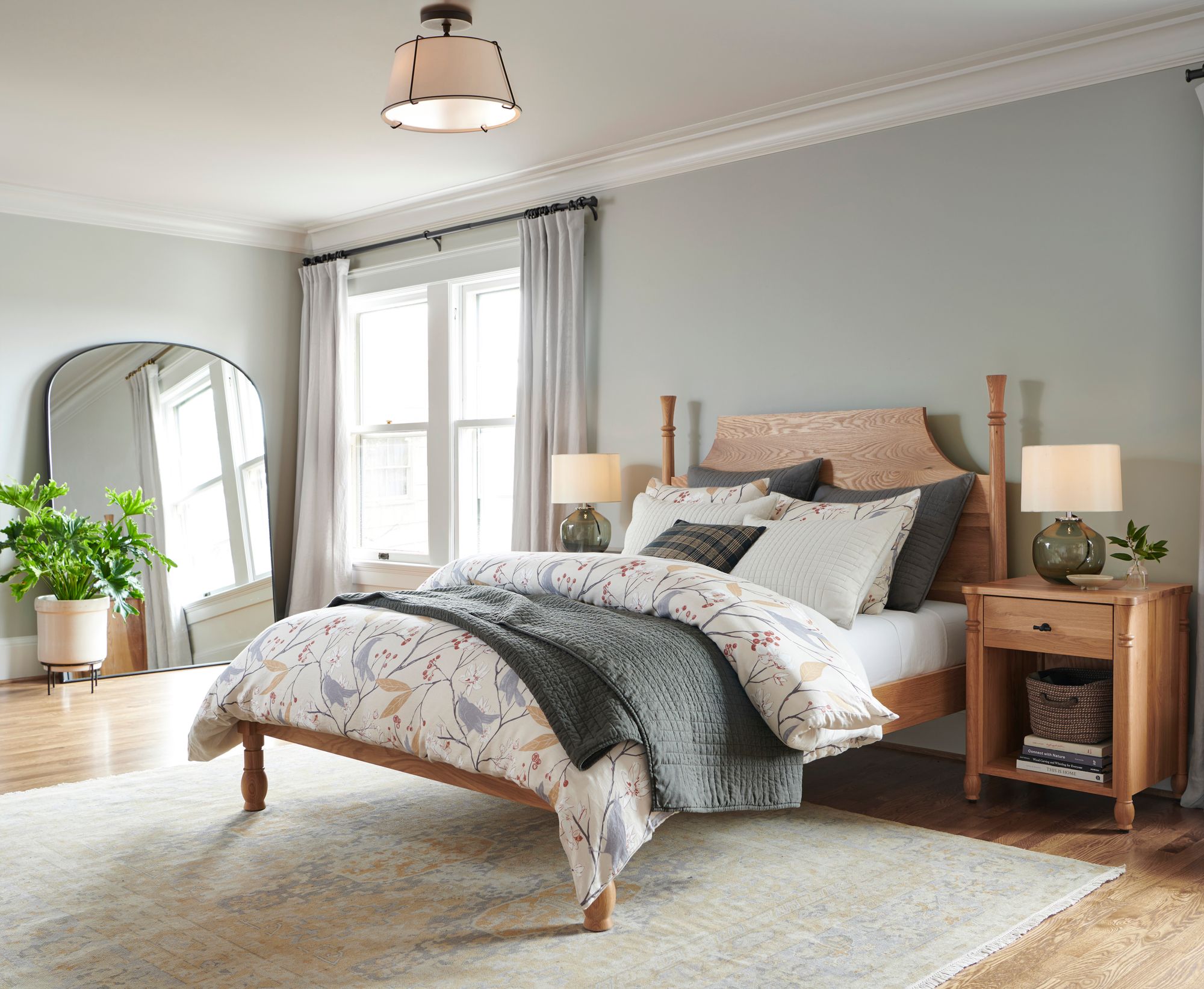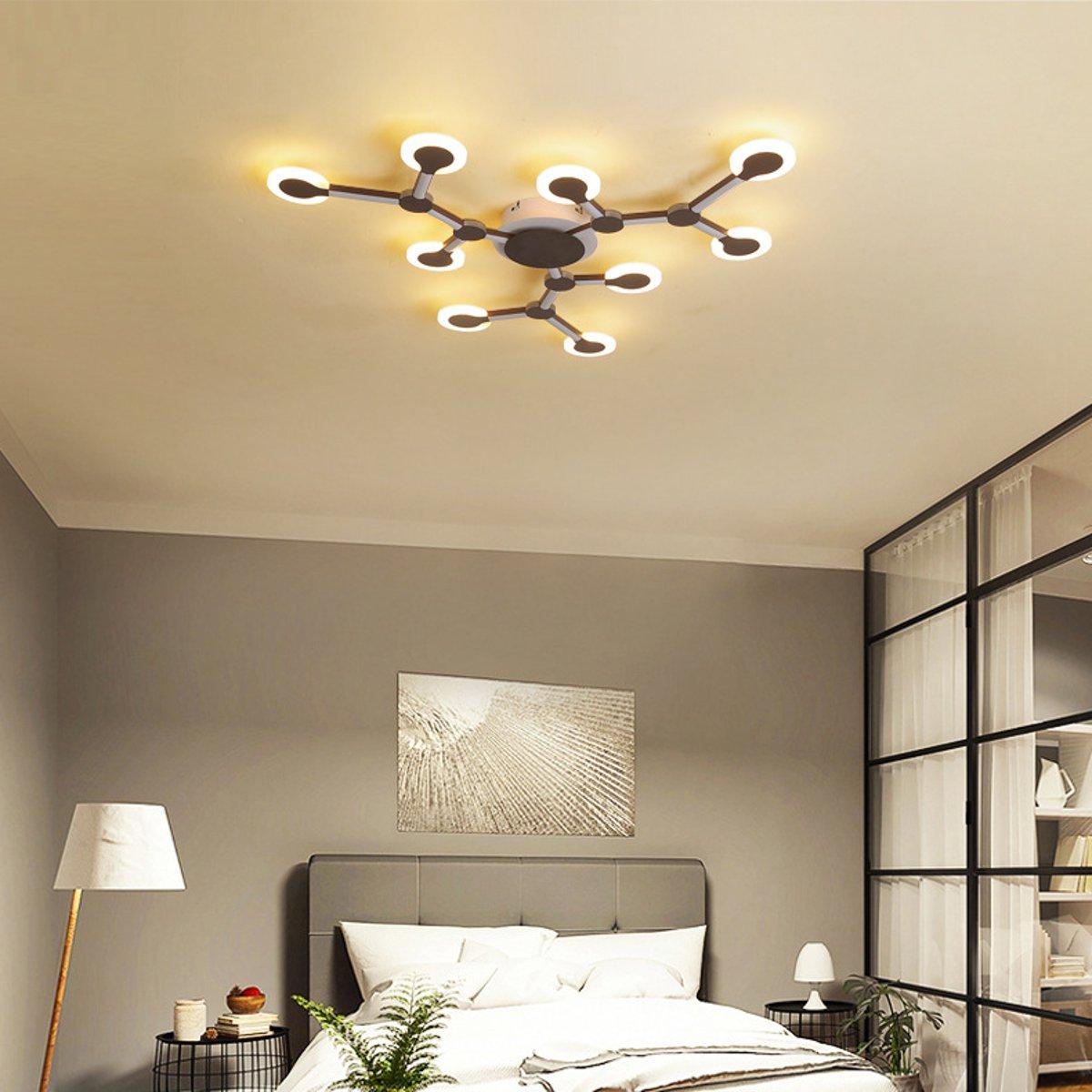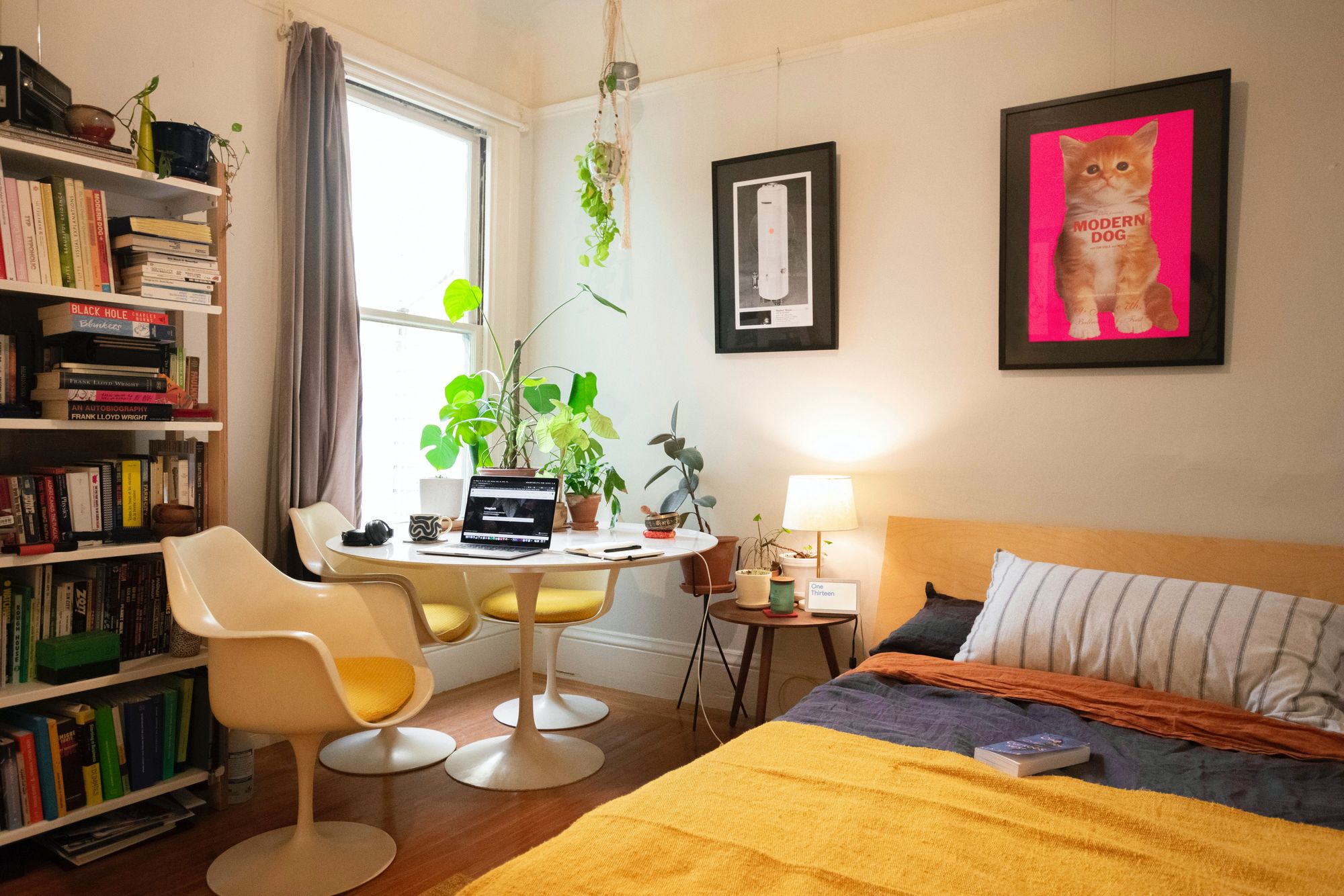Types of Bedroom Lights: Can Lights In Bedroom

A well-lit bedroom is crucial for creating a comfortable and functional space. It can affect your mood, sleep quality, and overall well-being. Choosing the right type of lighting is essential for achieving the desired ambiance and functionality. Let’s explore the different types of bedroom lights and their pros and cons.
Overhead Lights
Overhead lights provide general illumination for the entire bedroom. They are often the primary source of light, especially during the day. There are several types of overhead lights commonly used in bedrooms:
- Chandeliers: Chandeliers are elegant and decorative fixtures that add a touch of sophistication to any bedroom. They are available in various styles and sizes, from traditional to modern.
- Flush Mounts: Flush mounts are ceiling-mounted fixtures that sit close to the ceiling. They are a practical choice for bedrooms with low ceilings or limited space.
- Semi-Flush Mounts: Semi-flush mounts are similar to flush mounts but extend slightly from the ceiling. They offer a balance between style and practicality, making them suitable for various bedroom designs.
Pros and Cons of Overhead Lights
- Pros:
- Provide ample general illumination.
- Can create a dramatic and elegant ambiance.
- Offer flexibility in style and design.
- Cons:
- Can be too bright for nighttime use.
- May cast harsh shadows, especially in smaller bedrooms.
- Can be expensive, depending on the style and materials.
Task Lighting, Can lights in bedroom
Task lighting is designed to provide focused illumination for specific activities, such as reading, working, or applying makeup. It is essential for creating a comfortable and functional space in your bedroom. Some common types of task lighting include:
- Bedside Lamps: Bedside lamps are placed on nightstands and provide ambient light for reading or relaxing in bed.
- Reading Lamps: Reading lamps are specifically designed for reading, often with adjustable arms and shades to direct light precisely where needed.
Pros and Cons of Task Lighting
- Pros:
- Provides focused light for specific tasks.
- Reduces eye strain and fatigue.
- Can be adjusted to suit individual needs.
- Cons:
- May not provide enough general illumination for the entire room.
- Can be distracting if not positioned correctly.
- May require multiple lamps for different tasks.
Accent Lighting
Accent lighting is used to highlight specific features or create a focal point in a room. It can add depth, dimension, and visual interest to your bedroom. Common types of accent lighting include:
- Wall Sconces: Wall sconces are decorative fixtures mounted on the wall. They provide soft, ambient light and can be used to create a warm and inviting atmosphere.
- Picture Lights: Picture lights are small spotlights designed to illuminate artwork or other decorative objects. They help to draw attention to these features and enhance their visual impact.
Pros and Cons of Accent Lighting
- Pros:
- Adds visual interest and dimension to the bedroom.
- Creates a focal point and highlights specific features.
- Can be used to create a mood or ambiance.
- Cons:
- May not provide enough general illumination for the room.
- Can be distracting if not positioned correctly.
- May be expensive, especially for high-end fixtures.
Comparison Table
Here’s a table comparing different types of bedroom lights based on their brightness, style, and cost:
| Light Type | Brightness | Style | Cost | Chandelier | Very Bright | Traditional, Modern, Contemporary | High | Flush Mount | Bright | Minimalist, Industrial, Contemporary | Medium | Semi-Flush Mount | Bright | Transitional, Traditional, Contemporary | Medium | Bedside Lamp | Soft | Various Styles | Low to Medium | Reading Lamp | Focused | Various Styles | Low to Medium | Wall Sconce | Soft | Traditional, Modern, Contemporary | Medium to High | Picture Light | Focused | Minimalist, Contemporary | Low to Medium |
|---|
Lighting Considerations for Bedroom Design

The right lighting can transform your bedroom from a mere sleeping space into a sanctuary that fosters relaxation, creativity, and a sense of well-being. It is a crucial element in creating a harmonious and inviting atmosphere.
The Impact of Light on Mood and Atmosphere
The color temperature and intensity of light can significantly influence the overall mood and atmosphere of a bedroom. Warm white light, with a lower Kelvin rating (around 2700K), creates a cozy and inviting ambiance, ideal for relaxation and sleep. Cool white light, with a higher Kelvin rating (around 4000K), is more stimulating and energizing, suitable for tasks that require focus and concentration.
Choosing the Right Lighting for Your Bedroom
Selecting the right lighting for your bedroom involves considering various factors, including bedroom size, color scheme, and personal preferences.
Bedroom Size
- Smaller bedrooms may benefit from a combination of ambient and task lighting to create a sense of spaciousness. Ambient lighting, such as a ceiling fixture or wall sconces, provides overall illumination. Task lighting, such as a bedside lamp or desk lamp, can be used for reading or other activities.
- Larger bedrooms offer more flexibility in lighting design. Consider incorporating a variety of light sources, such as a chandelier, pendant lights, and floor lamps, to create different zones for different activities.
Color Scheme
- Warm-toned bedrooms, with colors like beige, brown, and orange, complement warm white lighting, creating a cozy and inviting atmosphere.
- Cool-toned bedrooms, with colors like blue, green, and purple, may benefit from cooler white lighting, which enhances the vibrancy of the colors and creates a more stimulating environment.
Personal Preferences
- Consider your personal preferences for light intensity and color temperature. Some people prefer dim and warm lighting for relaxation, while others prefer brighter and cooler lighting for reading or working.
Layering Light Sources
Layering light sources is essential for creating a balanced and functional bedroom. This involves using a combination of ambient, task, and accent lighting to provide flexibility and control over the lighting environment.
Ambient Lighting
- Ambient lighting provides overall illumination for the room and sets the mood. This can be achieved using ceiling fixtures, such as chandeliers, flush mounts, or recessed lights.
Task Lighting
- Task lighting provides focused illumination for specific activities, such as reading, working, or applying makeup. This can be achieved using bedside lamps, desk lamps, or under-cabinet lights.
Accent Lighting
- Accent lighting highlights specific features or objects in the room, adding visual interest and depth. This can be achieved using wall sconces, picture lights, or track lighting.
Designing a Bedroom Lighting Plan
A well-designed bedroom lighting plan considers the functionality and ambiance of the space. Here’s a sample plan for a bedroom:
Ambient Lighting
- A central ceiling fixture, such as a chandelier or a flush mount, provides overall illumination for the room. Choose a fixture that complements the bedroom’s style and size.
Task Lighting
- Bedside lamps provide focused illumination for reading or relaxing in bed. Choose lamps with adjustable shades for optimal light direction.
- A desk lamp is essential for working or studying. Select a lamp with a bright and adjustable light source.
Accent Lighting
- Wall sconces flanking the bed add a touch of elegance and provide soft ambient light.
- Picture lights illuminate artwork and add visual interest to the walls.
Tips for Choosing the Right Bulbs

Selecting the right light bulbs for your bedroom is crucial for creating the desired ambiance and ensuring optimal functionality. Understanding the different types of bulbs available and their characteristics will help you make informed decisions.
Types of Light Bulbs for Bedrooms
Different types of light bulbs offer varying levels of energy efficiency, light quality, and lifespan. Here’s a breakdown of the most common types:
- Incandescent Bulbs: Traditional incandescent bulbs are known for their warm, yellowish light, but they are energy-inefficient and have a short lifespan. Their warm light is often preferred for creating a cozy and relaxing atmosphere in bedrooms. However, due to their low energy efficiency, they are becoming increasingly less common.
- Halogen Bulbs: Halogen bulbs are similar to incandescent bulbs but offer brighter light and a longer lifespan. They are more energy-efficient than incandescent bulbs but still less efficient than LED bulbs. The bright and crisp light of halogen bulbs can be suitable for reading or applying makeup, but they can be harsh for creating a relaxing atmosphere.
- Fluorescent Bulbs: Fluorescent bulbs are known for their energy efficiency and long lifespan. They come in various color temperatures, offering options from cool white to warm white. While fluorescent bulbs are efficient, they can produce a harsh, buzzing sound, and their light quality can sometimes appear unnatural.
- LED Bulbs: LED bulbs are the most energy-efficient and long-lasting option available. They offer a wide range of color temperatures and brightness levels, allowing for customization to suit different preferences. The long lifespan of LED bulbs makes them a cost-effective choice in the long run. LED bulbs produce minimal heat, making them safe for use in enclosed fixtures.
Advantages and Disadvantages of Different Bulb Types
The choice of light bulb for your bedroom depends on your specific needs and preferences. Here’s a table summarizing the key advantages and disadvantages of each bulb type:
| Bulb Type | Advantages | Disadvantages | Incandescent | Warm, yellowish light; affordable | Low energy efficiency; short lifespan | Halogen | Brighter light; longer lifespan than incandescent | Less energy-efficient than LED; produces heat | Fluorescent | Energy-efficient; long lifespan; various color temperatures | Can produce a buzzing sound; light quality can appear unnatural | LED | Most energy-efficient; longest lifespan; wide range of color temperatures and brightness levels; produces minimal heat | Can be more expensive upfront |
|---|
Recommendations for Specific Bulb Types
Here are some recommendations for specific bulb types based on different bedroom lighting needs:
- For a relaxing and cozy atmosphere: Choose warm white incandescent or LED bulbs. The warm light will create a soothing ambiance and promote relaxation.
- For reading or applying makeup: Opt for bright white or cool white LED bulbs or halogen bulbs. These provide clear and bright light, ideal for tasks that require visual clarity.
- For energy-efficient lighting: Choose LED bulbs. They are the most energy-efficient option available and will help reduce your electricity bills.
- For long-lasting lighting: LED bulbs offer the longest lifespan, ensuring you don’t have to replace them frequently.
Can lights in bedroom – Can lights in a bedroom offer a practical and stylish solution for illuminating the space. They can be easily adjusted to create different moods and atmospheres, making them perfect for a relaxing retreat. For a bedroom with a more dramatic feel, consider a color scheme like black, grey, and purple , which can be further enhanced by strategically placed can lights to highlight key features.
The possibilities are endless when it comes to creating the perfect lighting scheme for your bedroom, allowing you to transform your space into a haven of peace and tranquility.
Can lights in a bedroom can be a practical choice, offering even illumination for reading or getting ready. But if you’re aiming for a more nuanced ambiance, consider incorporating a softer, layered lighting scheme. A green, yellow, and grey bedroom, as seen in this article , can benefit from warm-toned bedside lamps or strategically placed sconces, creating a more inviting and intimate atmosphere.
The interplay of light and shadow, combined with a calming color palette, can transform your bedroom into a haven of peace and relaxation.
